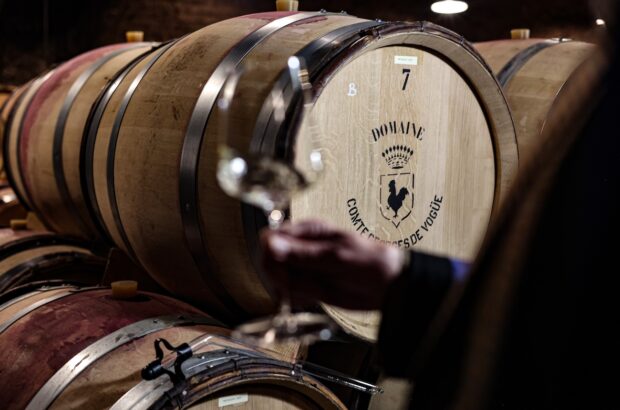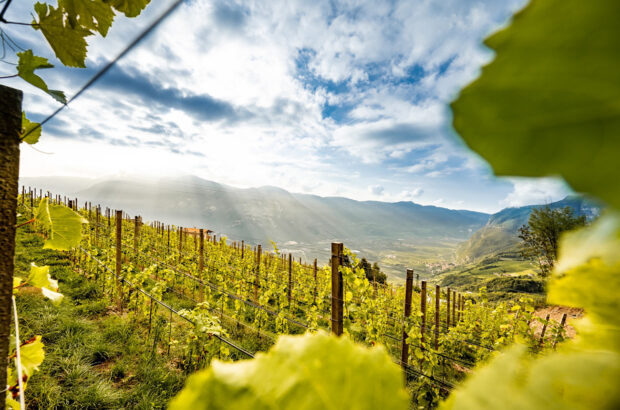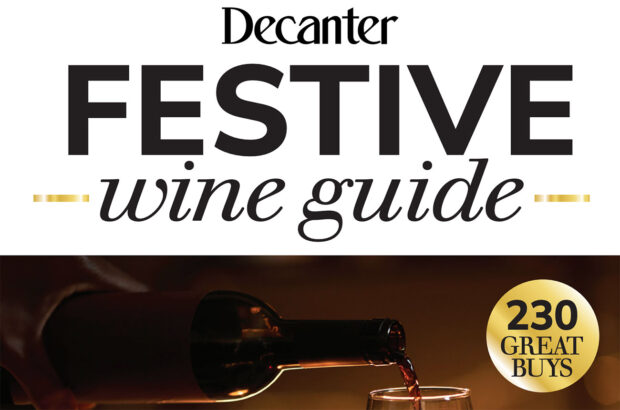Find out the story behind the this classic Bordeaux legend...
Château Palmer 1961
Bottles produced 36,000 bottles
Composition 52% Merlot, 30% Cabernet Sauvignon, 13% Petit Verdot, 5% Cabernet Franc
Yield 11.8 hl/ha
Alcohol 12.2%
Release price: 7 Francs a bottle (release price to Bordeaux trade)
Price today £2,254 at Fine + Rare
A legend because…
Although it was not immediately apparent, this vintage would propel Palmer into the top ranks of the Médoc. Within two decades the price of this third growth rivalled, and in some cases exceeded, that of the first growths. To this day it is not entirely clear why Palmer should have performed so magnificently in this vintage. But it was no fluke: the 1962 was also a great wine. The fame of the Palmer may have been amplified by the fact that the other major player in the village, Château Margaux, was underperforming in the 1960s.
Looking back
In 1938 this celebrated property, owned for decades by the Periere banking family, was sold to a consortium of Bordeaux négociants, including the Mähler-Besse and Sichel families, who remain co-proprietors to this day. The Miaille family, once a significant force in the Médoc, were also part of the consortium in 1961, but are no longer involved. In the 1950s Jean Bouteiller was appointed manager of the property, and he would have had responsibility for the 1961 vintage, completed shortly before his death in 1962. Pierre Chardon, a greatly respected figure who was also mayor of Cantenac, was the vineyard manager, a role inherited by his children
The vintage
A mild spring led to very early flowering, some three weeks in advance. But this only compounded the damage when two frosts hit the Médoc in April and May, particularly affecting the Merlot. Apart from a rainy July, the summer was very hot and dry, and drought stress delayed the harvest until the last week in September. The harvest took place in ideal conditions. The low yields led to highly concentrated wines, yet with supple tannins. The best wines, such as Palmer, were beautifully balanced and aged very well, though even the best bottles may be peaking. This was one of those vintages when there is no significant difference in quality between the Right and Left banks.
The terroir
The 55-hectare Château Palmer is a neighbour of Château Margaux and also occupies some outstanding gravel soils. Whereas Margaux is overwhelmingly Cabernet Sauvignon, Palmer has long had a substantial proportion of Merlot, much of which was planted in the 1950s. Merlot is generally planted on clay soils, but at Palmer it is planted on some of the best gravelly parcels, which explains why Palmer retains such elegance despite so much Merlot in the blend. However, in 1961, Merlot would have played a negligible role after the devastating frost.
The wine
There was no mechanisation in the Palmer vineyards at this time, and horses rather than tractors conveyed the grapes to the vathouse. The grapes were fermented in large 15,000-litre wooden vats. The concentration of fruit was astonishing, since the yields in 1961 were just below 12 hectolitres per hectare. The wine was aged in barriques in the usual way, but it is almost certain that none of the barrels were new.
The reaction
In 1995 Decanter‘s Michael Broadbent admired its ‘silky and harmonious bouquet accelerating like Michael Schumacher from the starting grid. Full-bodied yet elegant, fleshy yet lissome’. By 2000 he found the wine ‘less deep but an indescribably lovely bouquet and flavour. Perfection.’
French writer Jean-Paul Kauffmann marvelled that the 1961 ‘manages to play on two contradictory notions: delicacy and force’.
British wine writer and author Clive Coates MW in 2003 enthused: ‘Medium-full body. Soft, smooth, silky and very ripe. Marvellous balance. Very, very long… Splendid grip. Beautiful fruit. Quite magnificent.’
In 2009, US wine author and journalist Benjamin Lewin MW noted: ‘Fruit density is diminishing but that core of sweet fruits you get in Margaux is still there, now tinged by just a touch of acidity. A mature colour now, with soft fruits on the palate, an impression of mulberries, quite intense and ripe, with a supple, lovely finish. A touch of tertiary development shows as sous bois on the nose. Still top notch if now exceeded by Latour.’
More wine legends:

Wine legend: Pingus 1995
Why it makes the Decanter hall of fame...

Wine Legend: Kanonkop Pinotage 1995
Why it makes the Decanter hall of fame...

Wine Legend: Isole e Olena, Cepparello 1982
What makes it a legend...

Wine Legend: Egon Müller-Scharzhof TBA 1976
Why it makes our hall of fame...

Wine Legend: HM Borges, Terrantez 1862
Michael Broadbent says the 1862 was not only the best vintage of Terrantez ever made but ‘the greatest of all

Wine Legend: De Bortoli, Noble One 1982
Although Australia has a long tradition of sweet wine production (mostly fortified), Noble One, first made in 1982 and labelled

Wine Legend: Biondi Santi, Tenuta il Greppo 1975
Biondi Santi is a truly iconic estate: in the late 19th century it was the first in Montalcino...

Wine Legend: Château Montrose 1990
What makes Château Montrose 1990 a worthy wine legend...







